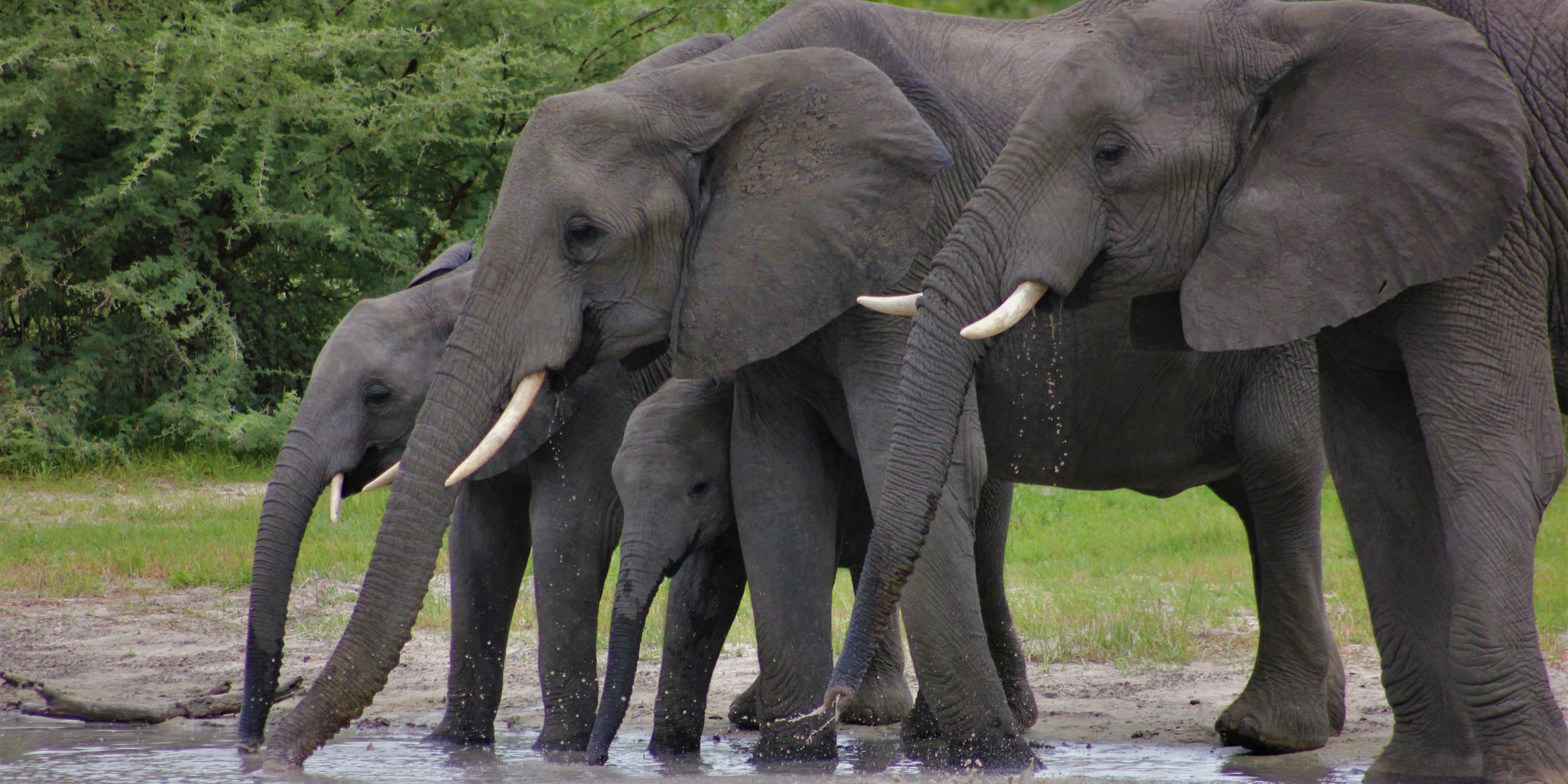Choosing responsible tourism
Thailand attracts thousands of travellers every year, many of them eager to encounter one of the country’s national symbols: the Asian elephant. But behind the postcard-perfect image lies a complex reality—one that straddles the line between ethical sanctuaries and controversial tourist camps. Long exploited for labor and entertainment, elephants have played a key role in the growth of mass tourism. However, in recent years, a new kind of sanctuary has emerged—one that prioritises animal welfare and educates visitors about elephant conservation. So how can you tell the difference between a truly ethical sanctuary and one that continues harmful practices under a different name? Here’s what you need to know to make an informed, ethical choice—and enjoy a meaningful experience with these majestic animals.
The abuse behind elephant tourism
For decades, elephants were used in Thailand’s logging industry. When logging was banned in 1989, many elephants were redirected into tourism—offering elephant rides, performing in shows, or participating in forced bathing sessions. To make elephants submissive, they are often subjected to a brutal training method known as phajaan, or “the crush,” which involves isolation, deprivation, and physical abuse. Many baby elephants don’t survive this trauma, and those who do are typically condemned to a life of suffering: chained, underfed, denied medical care, and overworked.
The rise of ethical sanctuaries
As public awareness grew and animal welfare advocates raised their voices, ethical sanctuaries began to emerge across Thailand. Their mission is to rescue elephants from abusive situations and offer them a more natural, respectful life—free from forced human interaction.
Places like Elephant Nature Park (Chiang Mai), Phuket Elephant Sanctuary, and Elephant Jungle Sanctuary embody this approach. There are no rides or shows here—just respectful activities such as observing elephants, feeding them, or walking beside them at a distance. These sanctuaries also work to raise awareness among visitors and support long-term conservation efforts.
What is exactly an ethical elephant sanctuary?
An ethical sanctuary puts elephant welfare first. It rescues animals from abuse, forced labor, or exploitative tourism, and offers them a natural, safe, and appropriate environment. These sanctuaries strictly ban rides, performances, chains, and all forms of forced interaction. Elephants are free to roam in natural surroundings and live at their own pace.
Warning: Not all places that call themselves “sanctuaries” are truly ethical. Always do your research before visiting.
Key criteria of an ethical sanctuary
To be considered truly ethical, a sanctuary should meet these core principles:
- Freedom of movement: Elephants must live in large, open spaces, free from chains, with room to express natural behaviours.
- No tourism exploitation: No rides, performances, or any forced activity for entertainment.
- Limited, supervised interaction: Direct contact is rare, always supervised, and never forced. Observation from a distance is preferred.
- Veterinary care and rehabilitation: Elephants receive medical attention, proper nutrition, and support to recover physically and mentally.
- Transparency and education: The sanctuary openly shares its mission, practices, and funding sources while educating visitors about animal welfare.
- Respect for local laws and ethics: The sanctuary follows Thai laws and international animal welfare standards.
- No coercion or training: No physical control, stress-inducing activities, or abusive training methods are tolerated.
- Commitment to conservation and education: The sanctuary supports local communities and engages in awareness campaigns.
How to verify a sanctuary’s ethics online ?
Before booking a visit, here’s how to verify a sanctuary’s legitimacy:
- Check the activities: Avoid places that offer rides, performances, bathing sessions, or selfie opportunities.
- Look into their interaction policy: Ethical sanctuaries limit physical contact and focus on respectful observation.
- Review living conditions: Choose sanctuaries where elephants live freely, in groups, and in natural settings.
- Read independent reviews: Platforms like TripAdvisor or Google can help detect red flags and inconsistencies.
- Look for transparency: Reputable sanctuaries disclose their mission, funding, and certifications.
- Ask questions: Don’t hesitate to contact the sanctuary directly to clarify their practices.
How ethical sanctuaries manage tourist interaction ?
Managing human-elephant interactions is a core aspect of ethical sanctuary operations. Key practices include:
- Observation first: Visitors watch elephants in their natural environment without disturbing them.
- Limited, supervised interactions: If feeding is allowed, it’s always respectful, supervised, and never forced.
- Educational guidance: Staff and guides explain the elephants’ histories and why traditional tourism practices are harmful.
- Safety and well-being: Strict rules ensure both human and elephant safety while respecting the elephants’ natural rhythm.
- No exploitation: Absolutely no performances or activities designed solely to entertain tourists at the animal’s expense.
Examples of ethical elephant sanctuaries in Thailand
- Elephant Nature Park (Chiang Mai) – A pioneering sanctuary housing dozens of rescued elephants and offering an educational, respectful experience.
- Koh Samui Sanctuary
- Phuket Elephant Sanctuary
- Elephant Hills (Khao Sok)
Why support ethical sanctuaries?
Supporting these sanctuaries means actively contributing to animal welfare and environmental preservation. The funds collected help:
- Rescue and rehabilitate elephants.
- Improve living conditions and veterinary care.
- Educate the public about conservation and responsible tourism.
- Support local communities transitioning away from exploitative practices.
- Combat illegal wildlife trafficking and captive abuse.
Major challenges ethical sanctuaries face
- Rescuing and rehabilitating abused elephants
Many arrive in poor physical and mental condition and require long-term, specialised care. - Limited funding and resources
Maintaining a natural environment, providing care, and managing daily operations come at a high cost. - Tourism pressure and ethical vigilance
Some sites market themselves as “ethical” while still engaging in harmful practices—travellers must remain vigilant against “greenwashing.” - Local economic dependence
In regions where elephant exploitation once supported livelihoods, ethical tourism must also support communities economically. - Conservation and habitat loss: a complex challenge
While sanctuaries help protect elephants, they face an ever-growing threat: habitat destruction caused by deforestation, agriculture, urban sprawl, and human-wildlife conflict.
Most sanctuary elephants cannot be reintroduced into the wild—they are too old, too injured, or too dependent on human care after years in captivity. For them, sanctuaries are not temporary shelters, but permanent retirement homes, where they can live out their lives in dignity and peace.
- Managing human interaction
There’s a delicate balance between offering meaningful experiences to tourists and protecting the elephants’ well-being. - Poaching and security concerns
While rare in sanctuaries, poaching still poses a threat—especially to wild elephant populations. Constant vigilance is essential.
Why choose an ethical sanctuary?
Visiting an ethical elephant sanctuary means:
- Giving a second chance to elephants rescued from exploitation.
- Supporting a sustainable and compassionate tourism model.
- Contributing to species protection and education.
- Helping local communities transition to ethical livelihoods.
- Ensuring your money supports real animal welfare—not abuse disguised as entertainment.
Conclusion
Ethical elephant sanctuaries in Thailand represent a shift toward compassionate, educational, and sustainable tourism. By doing your research before you book, you can ensure that your visit supports genuine efforts to protect elephants and uplift local communities. Every traveler has the power to make a difference—choose wisely, travel mindfully, and become part of the movement for responsible tourism.
Illustrative photo: @canva
Internet ressources:
- Odasie.fr
- Vietnam découverte
- Azygo.com
- Elephant sanctuary Thailand
- Twalo.fr
- Evaneos.fr
- Voyage Thaïlande
- Getnomad
- Fondation Brigitte Bardot
- Mahalo voyage














